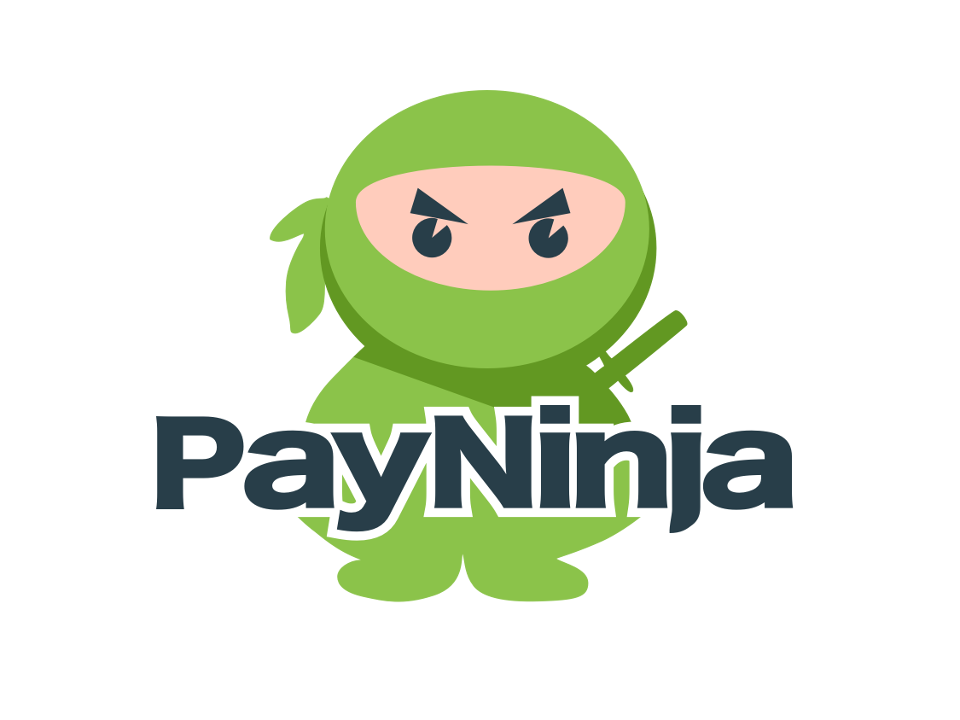Reflections on H2X Week
The H2X: Innovation and Leadership week marked the commencement of our PayNinja journey with the H2 Ventures family at world-leading Fintech hub Stone & Chalk. The jam-packed program involved five days of intensive education and interaction by H2 staff, guest lecturers and mentors, including successful founders. We were privileged to spend the final two days in the new KPMG Innovation Lab in Barangaroo, Sydney – a state of the art ecosystem modelled on the success of similar initiatives in New York and Amsterdam.
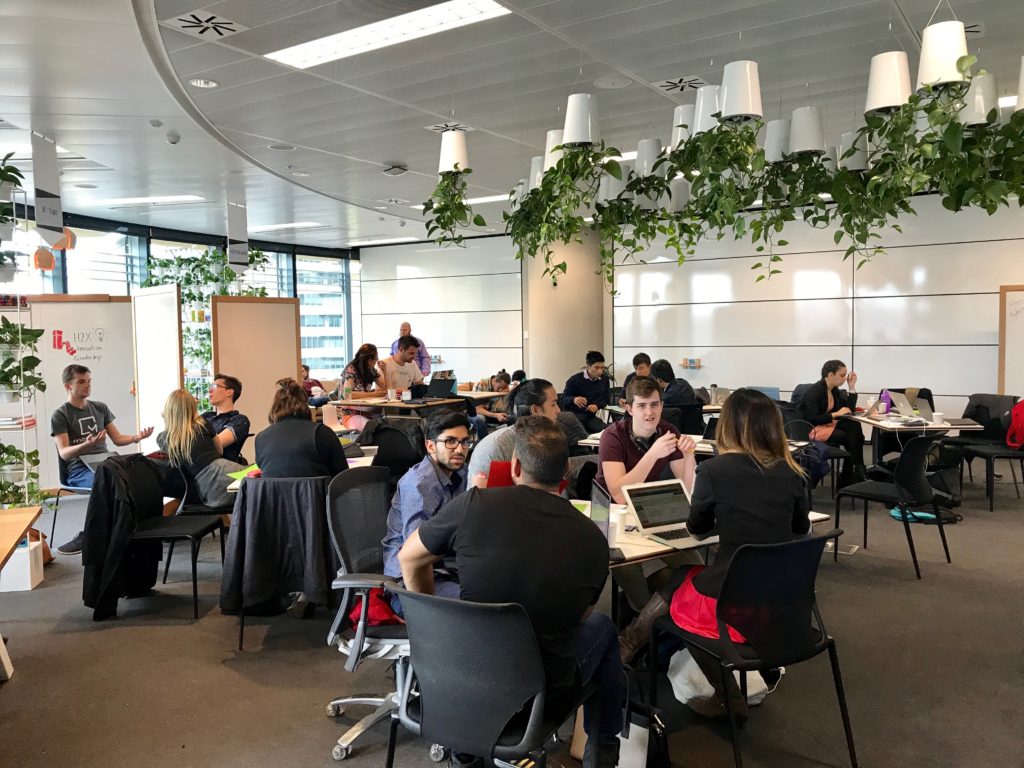
Upside-down hanging pots, wooden gadgets and puzzles, inspirational books, whiteboard walls, Alexa-enabled speakers and a black speckled floor mat emulating the night sky were the backdrop of an environment designed to provoke creative thinking and learning through experimentation and play.
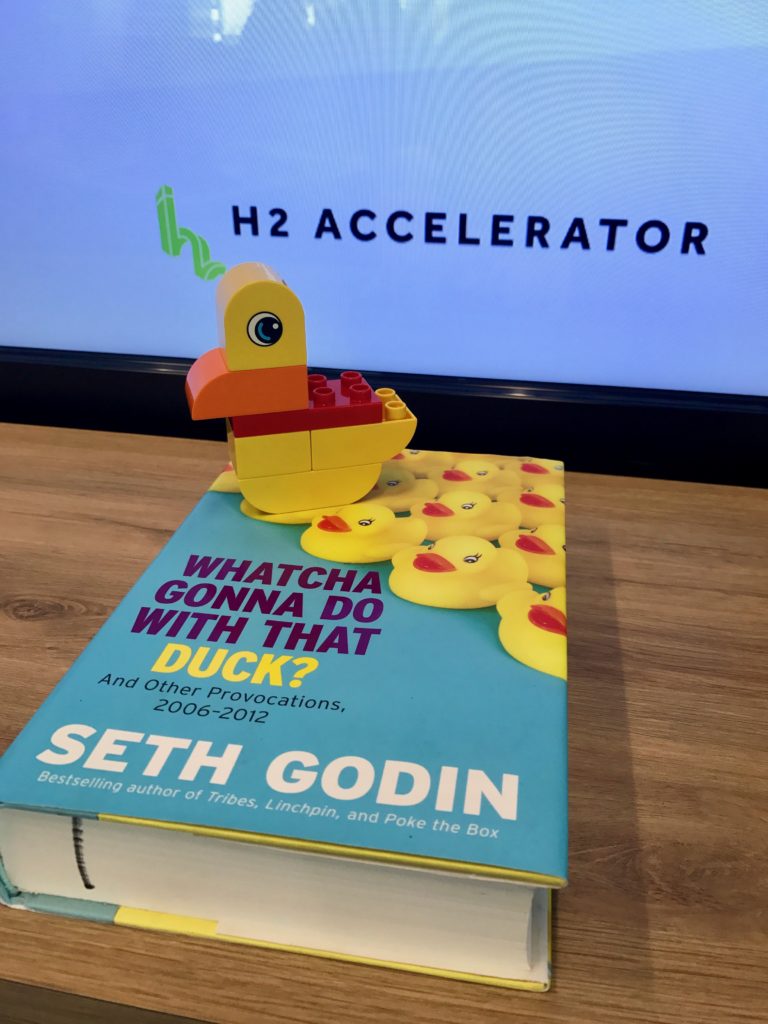
What did we learn?
1. Validate the Problem & Solution.
We covered plenty of ground, and learned a very important lesson in the startup world: Validate, validate, validate. At the forefront of any idea lies Design Thinking, a 5-stage methodical process that required us to: Emphatise, Define (the problem), Ideate, Prototype and Test our idea.
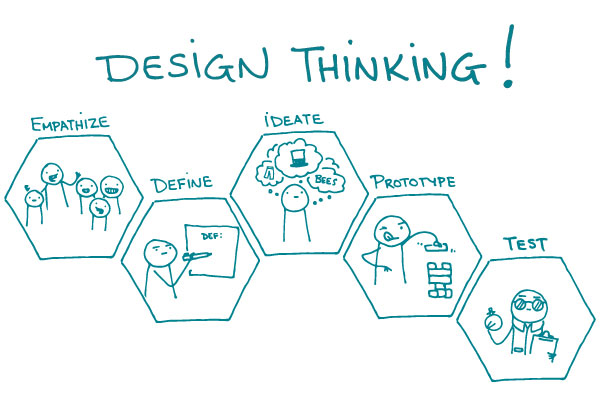
My take on this exercise was the importance of drafting a quick and simple prototype that we could put in front of potential customers to gather their feedback. I learned that people tend to give more honest feedback when confronted with a rough prototype. The reason being that no one wants to ‘hurt your feelings’ if you spent too long building a piece of technology.
This is how our prototype for an app looked like – plain and simple drawn on a white piece paper:
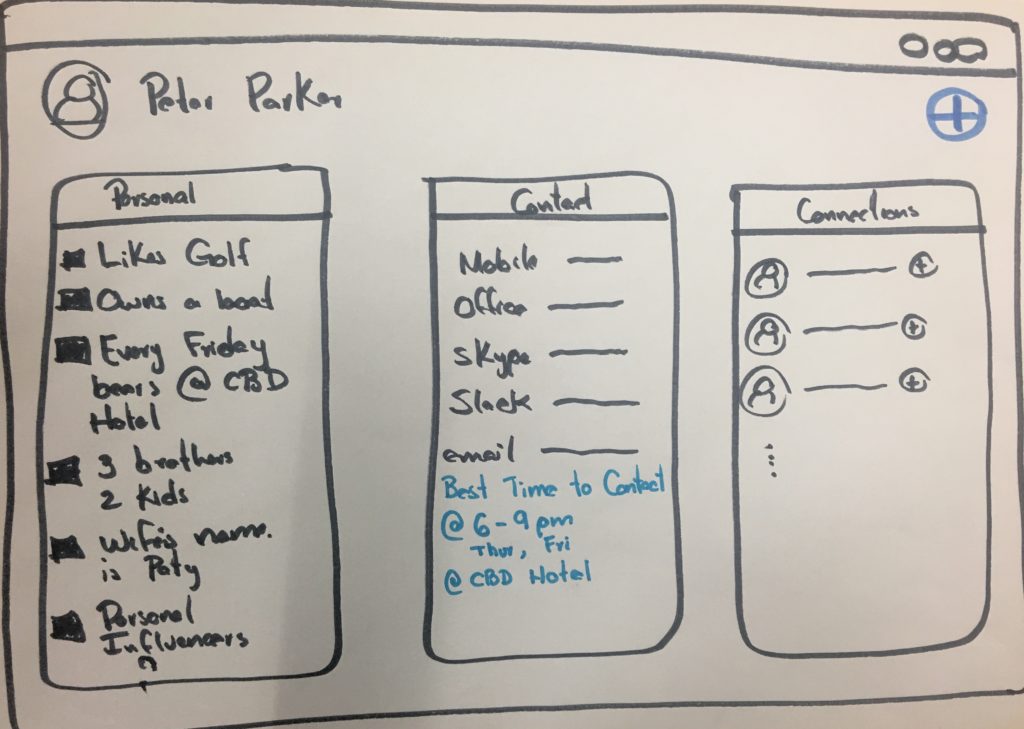
2. Find the Right Team.
Don’t rush the recruitment process. When looking for a co-founder or more hands-on to grow your company, the ideal team should not only complement your existing skill sets (preferable with domain expertise) but also match your company culture and values. In our world we refer to Hackers, Hustlers and Hipsters and you can either fit one, two or all three of these types (in that case you are a Hero! – Nathan, that’s you 😉

And if you can find a good bunch of past founders and successful entrepreneurs that are keen to give you advice and sit down with you on a quarterly basis, then you should most definitely go for it! An advisory board is a valuable asset to any startup. Not only they keep you accountable but they can also help you distil any future strategies.
3. Know your Numbers.
H2X week was a fine example of the power of ‘learning by doing’. Playing a Simulation game we wore both the investor and founder hat, and seek either the best companies to invest or how to allocate our funds for each raise round. My team mate Jess from Reserv Guru and I just had a go at it. We started with little knowledge on the metrics that would give us the best return on our investment (high or low COCA? high or low LTV? Churn? Revenue?). Similarly, little did we know how to best distribute each of our rounds. We decided to follow our instinct and also the lessons learnt earlier in the week. Words like “spend 50% on product, and 50% on traction” inundated our brains and affected our decisions. The result? Our company, Newt, came in second place as Founders, and fourth in our investment portfolio. Should we call it ‘the power of a woman’s intuition?’ 😉
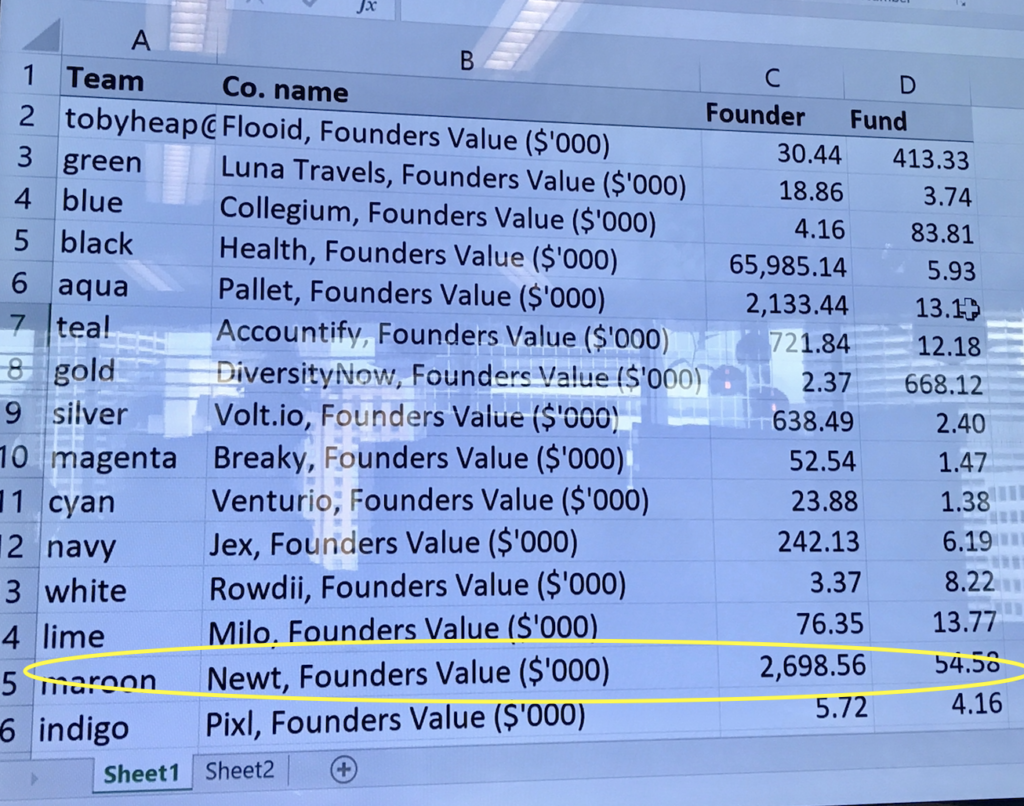
4. Focus on Building and Developing your Brand.
Here are a couple of tips when it comes to branding:
- Colour: Pick a colour palette that is the opposite to your competition (for example, if their logo is orange, go for blue).
- PR is your best friend: The birth of a brand is with publicity and not advertising.
- Value proposition: compete in value not price.
- Message: answer questions like “what do we stand for?”, “What do we believe in?”, “What are the problems facing our target market?”, “What are our competitors’ doing?”, “How are we going to differentiate?”, “What will help us stand from the crowd?”.
- People buy from who they like. So will they buy from you? Read/listen to: “Predictably Irrational: the hidden forces that shape our decisions” by Dan Ariely, and learn how expectations, social norms and emotions influence our decision-making. The MIT behavioural economist sheds light into human behaviour and refutes the common assumption that humans behave in fundamentally rational ways.
5. Plan a Solid Financial Model
How much does a customer is worth to you (LTV)? How much does it cost to get a paying customer (COCA)? Is your LTV > COCA that equals a profitable business? To get started, familiarise and calculate the following unit economics:
- Cost of Customer Acquisition (COCA)
- Churn – % of users who stop using your product
- Lifetime Value (LTV)
- Average Revenue per User (ARPU)
Based on your market, you must also decide:
- Pricing: purchase is emotional. Know your total addressable market (TAM), serviceable market (segment) and obtainable market you can actually access.
So here is the wrap-up of an insightful and entertaining H2X week. Time to put lessons learned to action and bring PayNinja to market! We are on a mission to make the #futureofwork fair and efficient for all.
